
Teaching Kindergarten students to read can be a challenging task, especially when it comes to going from phonics to fluency.
However, phonics and fluency are two essential components of early literacy development that cannot be overlooked.
In this blog post, we will explore the critical relationship between phonics and fluency in Kindergarten students.
We’ll also provide practical tips and strategies to help you teach phonics and fluency effectively and keep your students engaged and motivated.
So, let’s start by answering the question: How is phonics related to fluency in Kindergarten students?
Phonics and fluency are closely interconnected when it comes to learning to read.
Phonics is the foundation of reading, where students learn the sounds that letters and letter combinations make.
It is the building block that enables students to decode unfamiliar words, and without it, fluency is impossible.
Fluency, on the other hand, is the ability to read accurately, quickly, and with expression.
When students have a strong foundation in phonics, they can recognize words more quickly and accurately, leading to improved fluency.
When fluency improves, students can focus their attention on understanding what they are reading, leading to better reading comprehension.
In short, phonics and fluency go hand in hand when it comes to learning to read in Kindergarten.
Phonics and fluency are both essential components of early literacy development, but they are different skills.
Phonics is the ability to recognize and decode individual sounds and syllables in words.
It is the foundation of reading, allowing students to read and spell words accurately.
Fluency, on the other hand, is the ability to read text accurately, smoothly, and with expression.
It involves recognizing individual sounds and syllables as well as grouping words together to read phrases and sentences fluently.
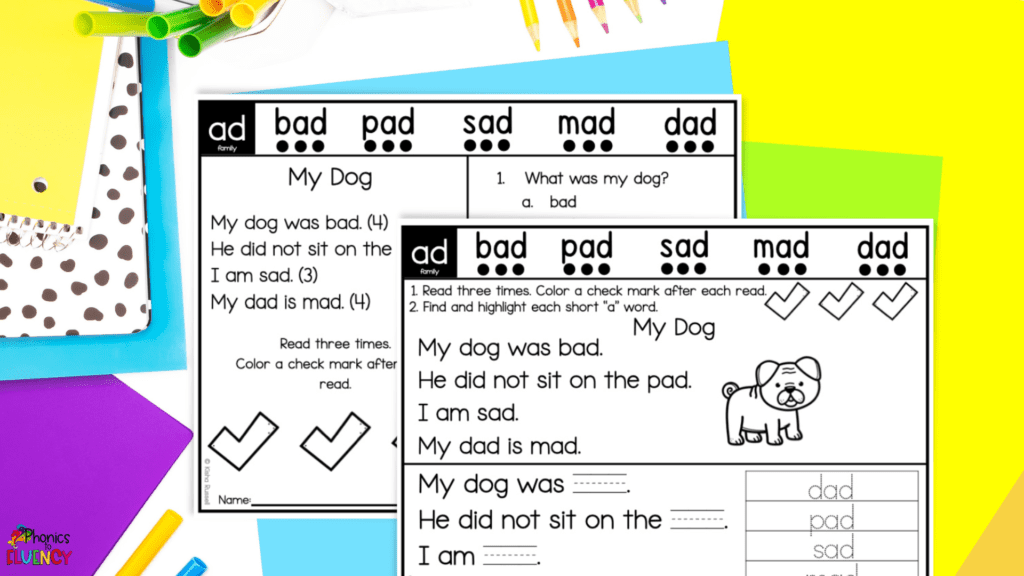
In Kindergarten, fluency means the ability to read text accurately, smoothly, and with expression.
Fluent readers are able to decode words quickly and accurately, and they can also read with appropriate pace, tone, and inflection.
Fluency is essential for developing reading comprehension and higher-order thinking skills.
By focusing on phonics and fluency activities, decoding activities for Kindergarten, and reading fluency exercises, you can help your students become confident and fluent readers by the end of the school year.
Fluency and phonics are two critical components of early literacy development, but are they the same thing? The answer is no; fluency is not a phonics skill.
Phonics is the ability to recognize and decode individual sounds and syllables in words. It is a foundational skill that helps students read and spell words accurately.
Fluency, on the other hand, is the ability to read text accurately, smoothly, and with expression.
While phonics and fluency are closely related, they are not the same thing.
Fluency involves not only recognizing individual sounds and syllables but also the ability to group words together to read phrases and sentences fluently.
So while phonics is essential for developing fluency, fluency is not a phonics skill.
Instead, fluency is a skill that develops as students become more proficient readers through practice, repetition, and exposure to a wide variety of texts.
Fluency involves four key components: accuracy, rate, expression, and phrasing.
Accuracy refers to reading words correctly without errors. Rate refers to reading at an appropriate speed, not too slow or too fast.
Expression involves reading with appropriate pitch, tone, and emphasis. Phrasing involves reading words together in meaningful phrases.
When these four components work together, students can read fluently and with comprehension.
By focusing on each of these components in your fluency instruction, you can help your Kindergarten students develop into proficient and confident readers.
Teaching phonics is just one part of the reading equation; the other half is developing reading fluency. In Kindergarten, there are several strategies and activities that you can use to teach fluency in phonics.
One of the most effective ways to teach fluency is through phonics and fluency activities.
Interactive games, songs, and rhymes can make learning letter sounds and phonics rules fun and engaging for Kindergarten students. You can also create word walls, sound walls, and sight word activities to help your students recognize high-frequency words and build their vocabulary.
Another way to teach high frequency words is through decoding activities for Kindergarten.
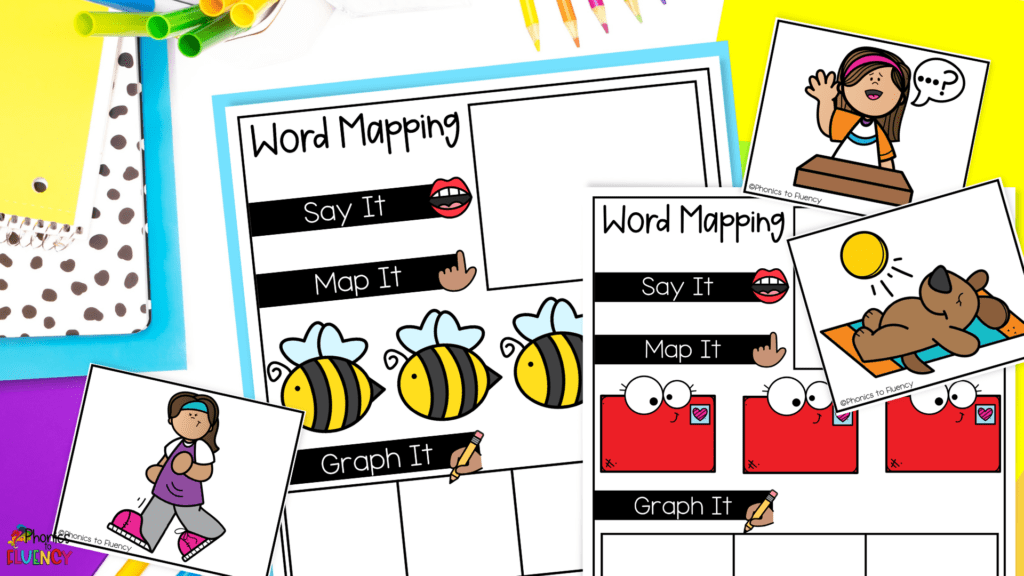
These activities can help students practice sounding out words and recognizing letter patterns. Decodable books, word sorts, and other hands-on activities can be a great way to help your students master phonics and improve their decoding skills.
Finally, reading fluency in Kindergarten can be enhanced by using a range of activities that build confidence and improve speed and accuracy.
Partner reading, repeated reading, and choral reading are all effective techniques that can help your students read with expression and fluency.
In conclusion, teaching fluency in phonics requires a combination of phonics and fluency activities, decoding activities for Kindergarten, and reading fluency exercises.
By using these strategies, you can help your Kindergarten students develop strong decoding skills and become fluent, confident readers.
Teaching fluency in Kindergarten involves a variety of activities and strategies. Here are a few ways to promote fluency development in your classroom:
Teaching fluency to struggling readers requires a targeted approach that focuses on building fluency skills while also addressing any underlying reading difficulties. Here are a few strategies to help struggling readers improve their fluency:
Starting phonics instruction in Kindergarten requires a well-planned approach that focuses on building a strong foundation in phonemic awareness and letter-sound recognition. Here are a few strategies to help you get started:
Phonics is typically taught in Kindergarten through a variety of fun and engaging activities that help students learn letter sounds and phonics rules. Here are a few strategies for teaching phonics in Kindergarten:
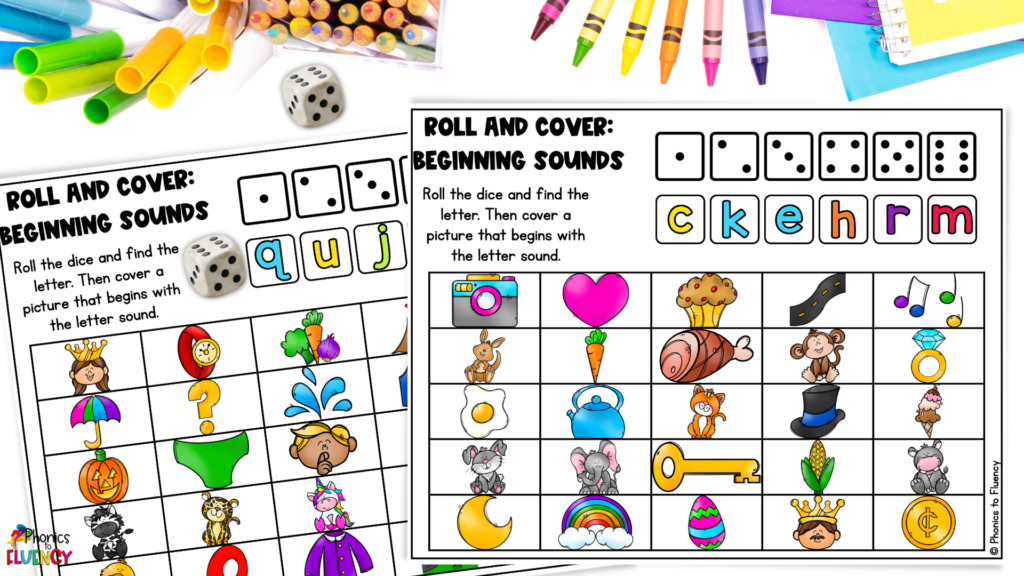
A Kindergarten phonics scope and sequence is a plan that outlines the specific phonics skills that will be taught to Kindergarten students and the order in which they will be taught.
It is designed to ensure that students learn phonics skills in a logical and sequential manner, building upon their knowledge as they progress through the curriculum.
A typical Kindergarten phonics scope and sequence may include the following skills:
Once students have learned letter sounds and phonics rules, they can begin to focus on reading fluently.
Phonics instruction should continue alongside fluency instruction, as fluent reading requires not only decoding skills but also the ability to group words together and read with appropriate pace, tone, and inflection.
Teachers can use a variety of activities to help students develop fluency skills, such as reading aloud, modeling fluent reading, repeated reading, partner reading, and choral reading.
By focusing on the four components of fluency (accuracy, rate, expression, and phrasing), teachers can help students read with confidence and comprehension.
As students progress through Kindergarten, teachers can also introduce more challenging texts to help build fluency skills. Gradually increasing the complexity of texts allows students to practice fluency skills in a developmentally appropriate way.
By going from phonics to fluency in Kindergarten, students can develop into confident and skilled readers who are well-prepared for future academic success.
By using a Kindergarten phonics scope and sequence, teachers can ensure that they cover all necessary phonics skills in a systematic and effective way.
This helps students develop strong phonics skills and become confident and proficient readers.
Teaching phonics and fluency in Kindergarten is essential for developing early literacy skills that will set students up for future success.
By focusing on phonemic awareness, letter recognition, word families, decoding skills, and sight words, teachers can build a strong foundation for reading.
Fluency instruction that targets accuracy, rate, expression, and phrasing can help students read with confidence and comprehension.
By incorporating a Kindergarten phonics scope and sequence and using a variety of activities and strategies, you can support every student’s individual learning needs and promote growth and progress towards reading success.
Ultimately, with targeted instruction and differentiation, every Kindergarten student can develop into a confident and skilled reader.

Phonics to Fluency
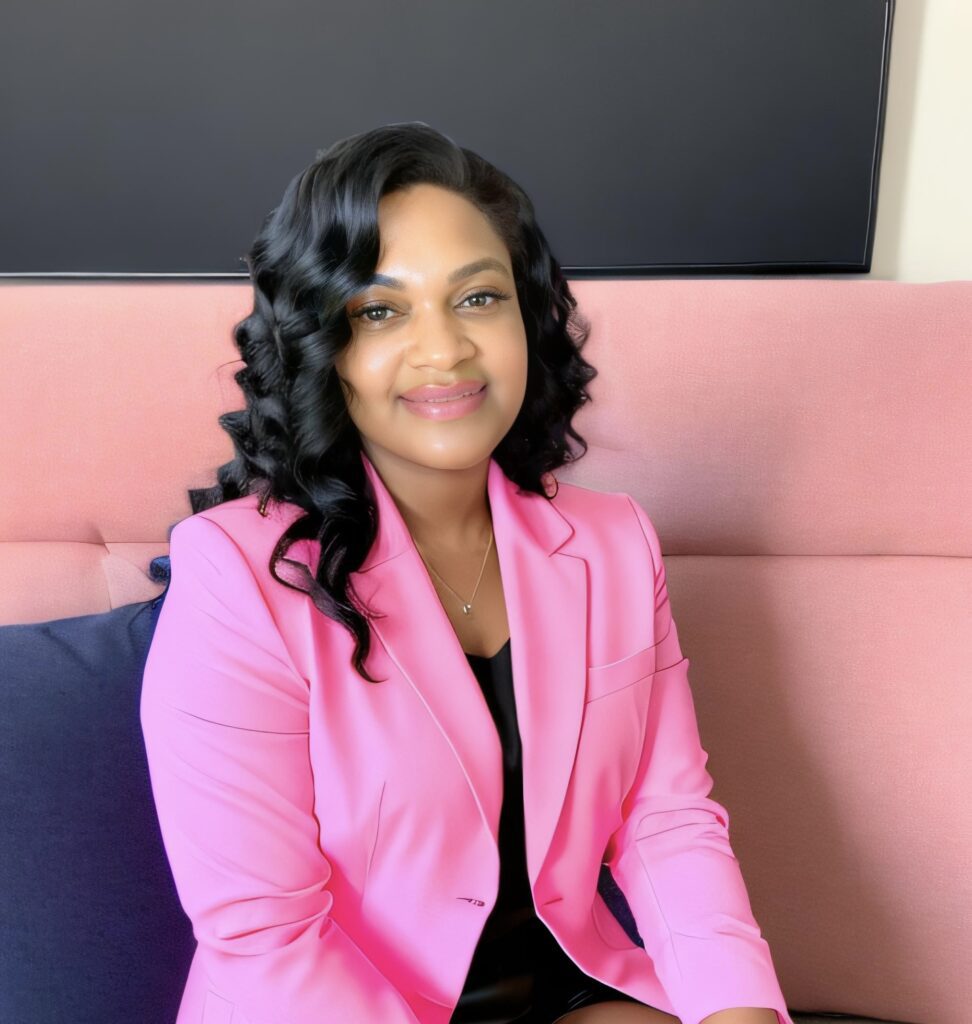
It brings me so much joy creating high-quality, hands-on, research based Literacy and Math resources that are both engaging for students and save YOU time!

Let me give you some time back!
Just tell me where to send them…
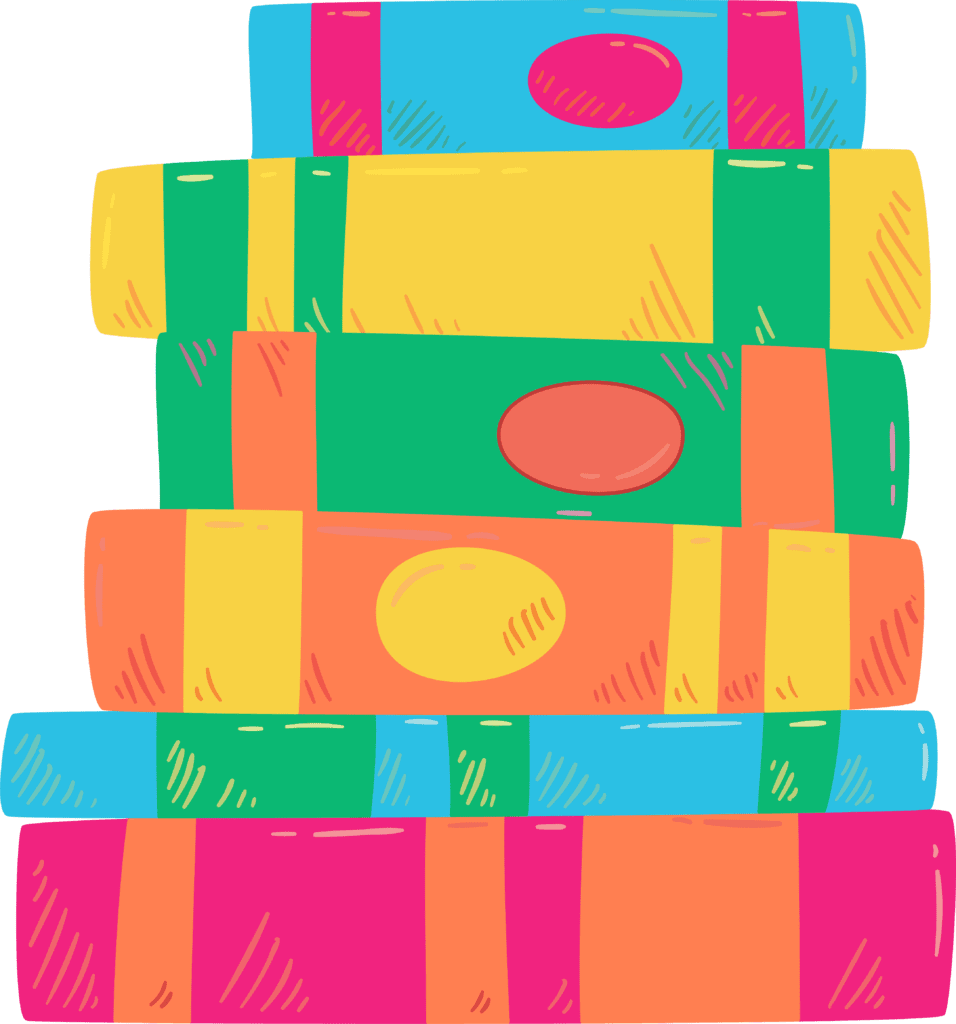

I’d love to connect and get to know more about you!
Join the Phonics to Fluency community and connect, collaborate, and grow alongside other dedicated K-1 teachers and homeschool parents in our exclusive Facebook group.
© 2023 PHONICS TO FLUENCY | ALL RIGHTS RESERVED | SITE DESIGN BY AMY REIS CREATIVE
Subscribe to get a coupon code for 15% off your first purchase. PLUS receive regular updates and offers in the Phonics to Fluency newsletter,